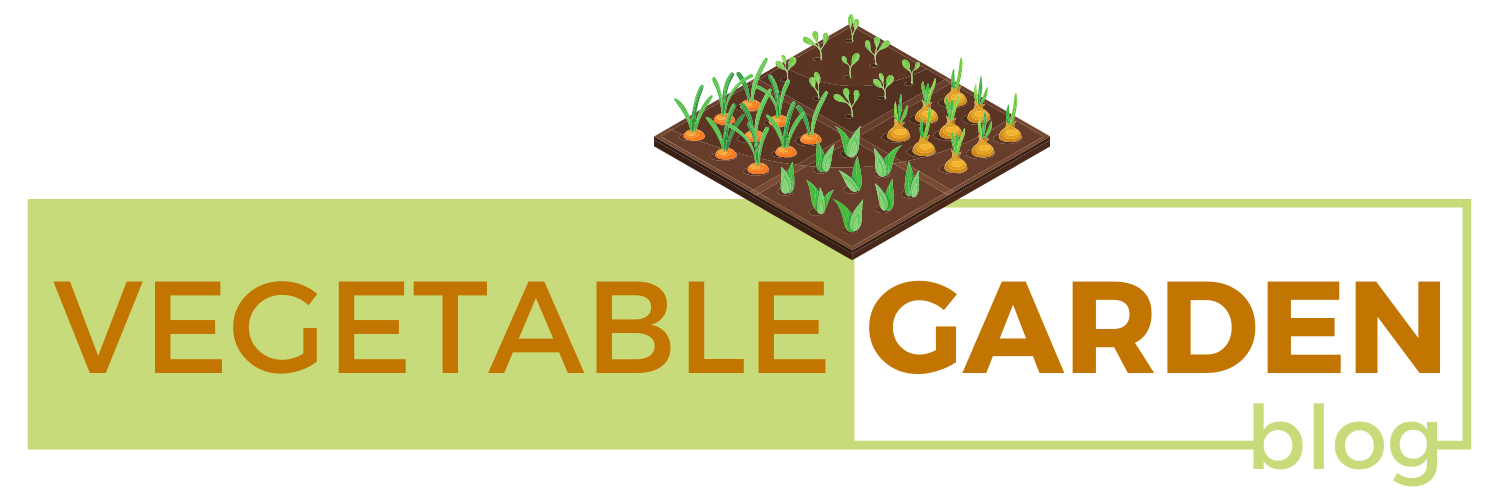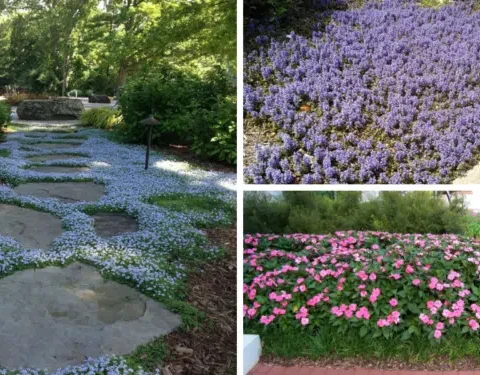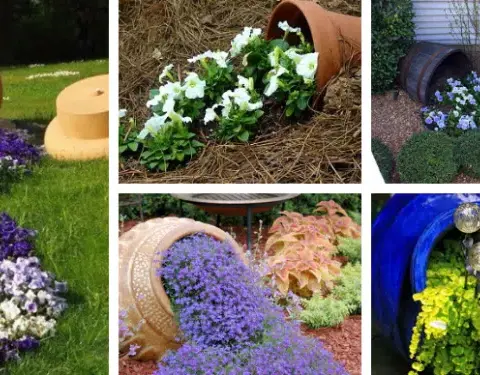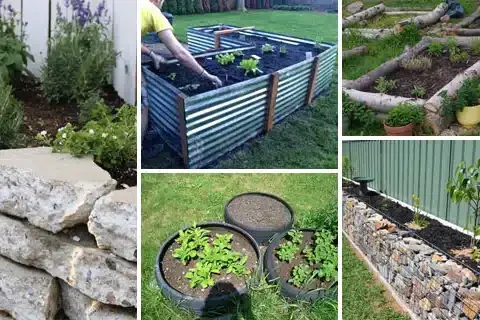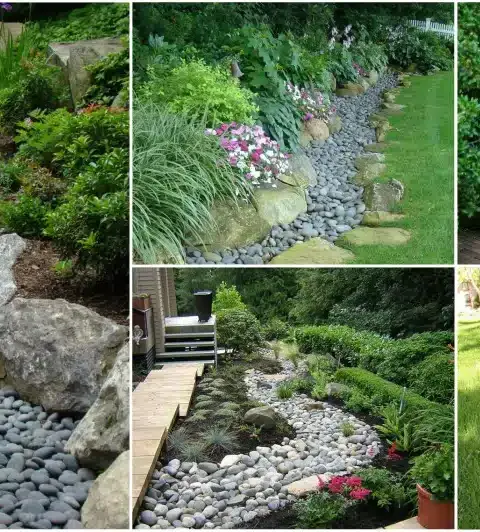In an era where sustainability and eco-consciousness are at the forefront of many minds, there’s a growing trend towards incorporating natural, renewable materials into home projects. One such project that seamlessly blends functionality with environmental friendliness is the construction of a wattle raised garden bed. Not only does this project offer a charming rustic aesthetic to your backyard, but it also provides a sustainable way to grow your own fruits, vegetables, and flowers. So, roll up your sleeves and embark on this eco-friendly journey with us as we guide you through the steps of creating your very own wattle raised garden bed.
What is Wattle?
Wattle, in its traditional form, is a woven framework made from flexible branches, twigs, or saplings. Historically, wattle has been used for various purposes, including fencing, construction, and even furniture making. In the context of gardening, wattle serves as an excellent material for creating raised garden beds due to its flexibility, durability, and aesthetic appeal.
Materials You’ll Need:
- Branches or Saplings: Opt for long, flexible branches or saplings such as willow, hazel, or any other locally available wood that can bend without breaking. Aim for branches around 1-2 inches in diameter.
- Stakes: These will be used to secure the wattle framework into the ground. Wooden stakes or metal rods work well for this purpose.
- Garden Tools: Shovel, pruning shears, hammer, and saw will be essential for preparing the site and working with the materials.
- Optional: Soil, compost, and plants of your choice to fill your raised bed.
Step-by-Step Guide:
1. Site Selection: Choose a suitable location for your raised garden bed. Ensure it receives adequate sunlight and has good drainage. Mark the area and clear any weeds or debris.
2. Collecting Materials: Gather your branches or saplings. If you’re harvesting them yourself, make sure to do so sustainably, without harming the environment. Trim any excess branches or twigs to make them more manageable.
3. Creating the Frame: Begin by driving stakes into the ground at each corner of your desired garden bed size. Then, weave the branches or saplings horizontally between the stakes, creating a sturdy lattice-like structure. You can choose to weave the branches tightly for a solid wall or leave gaps for a more open design. Secure the ends of each branch by weaving them back through the structure or tying them to the stakes.
4. Building Upward: Continue adding layers to your wattle framework until you reach your desired height. Ensure each layer is tightly woven and securely fastened to the stakes.
5. Finishing Touches: Once your wattle raised bed reaches the desired height, trim any excess branches or stakes protruding from the top. Ensure the structure is stable and firmly anchored into the ground.
6. Filling and Planting: Fill your wattle raised bed with a mixture of soil and compost, leaving a few inches of space from the top. Plant your favorite fruits, vegetables, or flowers, and water them thoroughly.
7. Maintenance: Regularly water and tend to your garden bed, ensuring your plants thrive. As the branches naturally degrade over time, you may need to reinforce or repair the wattle structure periodically.
Benefits of a Wattle Raised Garden Bed:
- Eco-Friendly: Utilizing natural materials reduces your environmental footprint and promotes sustainability.
- Rustic Charm: Adds a unique and aesthetically pleasing element to your backyard space.
- Cost-Effective: Branches or saplings can often be sourced for free or at minimal cost, making this project budget-friendly.
- Customizable: Easily adaptable to various sizes and shapes to suit your gardening needs.
- Promotes Healthy Plants: Raised beds provide better soil drainage and aeration, leading to healthier plant growth.
Embark on this DIY wattle raised garden bed project and infuse your backyard with both rustic charm and environmental consciousness. By embracing natural materials and sustainable practices, you can create a thriving garden space that nourishes both your body and the planet.
